Landscape Art Modern

Table of Contents
Landscape Art: A Modern Perspective
Landscape art, a genre depicting natural scenery, has undergone a dramatic evolution. While traditional landscapes often focused on idealized, romantic views, modern landscape art embraces a far wider range of styles, techniques, and interpretations. This article delves into the diverse world of modern landscape painting and sculpture, exploring key movements, influential artists, and the enduring appeal of nature's portrayal in contemporary art.
From Impressionism to Abstraction: Tracing the Modern Landscape
The shift towards modern landscape art began in the late 19th century with Impressionism. Artists like Claude Monet, with his iconic series of water lilies and haystacks, moved away from strict realism, focusing instead on capturing the fleeting effects of light and atmosphere. This emphasis on subjective experience paved the way for further experimentation.
Post-Impressionism and Beyond: A Spectrum of Styles
Post-Impressionists like Vincent van Gogh and Paul Cézanne took Impressionism's foundations and developed them further. Van Gogh's expressive brushstrokes and vibrant colors imbued his landscapes with intense emotion, while Cézanne's structured approach laid the groundwork for Cubism. The early 20th century saw the rise of abstract art, with artists like Wassily Kandinsky and Piet Mondrian moving away from representational landscapes altogether. However, even in abstraction, the influence of nature remained, often manifesting in the use of color, form, and line inspired by natural phenomena.
Mid-20th Century and Beyond: New Perspectives on Landscape
The mid-20th century saw a resurgence of interest in realistic landscape painting, albeit with a modern twist. American Regionalism, with artists like Grant Wood and Thomas Hart Benton, celebrated the American landscape, often depicting rural scenes with a sense of social commentary. Meanwhile, abstract expressionism continued to explore the relationship between art and nature, often using the landscape as a starting point for non-representational works.
Key Artists Shaping Modern Landscape Art
Numerous artists have contributed significantly to the evolution of modern landscape art. Here are a few pivotal figures:
- Claude Monet: The quintessential Impressionist, Monet's exploration of light and atmosphere revolutionized landscape painting.
- Vincent van Gogh: His expressive style and use of color transformed the emotional impact of landscape art.
- Georgia O'Keeffe: Known for her large-scale paintings of flowers and landscapes of the American Southwest, O'Keeffe's work embodies a unique blend of realism and abstraction.
- Edward Hopper: His stark and evocative depictions of American urban and rural landscapes capture a sense of loneliness and isolation.
- Agnes Martin: A minimalist painter, Martin's subtle grids and delicate color fields evoke a sense of tranquility and harmony often found in nature.
Modern Landscape Art Today: Contemporary Trends
Contemporary landscape art continues to evolve, incorporating new materials, technologies, and approaches. We see a rise in:
- Environmental Art: This movement uses the landscape itself as the medium, often incorporating land art and installations that interact with the natural environment.
- Photo-based Landscape Art: Photography and digital manipulation play a crucial role, blurring the lines between documentation and artistic interpretation.
- Conceptual Landscape Art: Artists explore the ideas and concepts surrounding the landscape, often incorporating social and political themes.
The Enduring Appeal of Modern Landscape Art
The enduring appeal of landscape art lies in its ability to connect us to the natural world, evoke emotion, and offer a sense of peace and contemplation. Modern landscape art, with its diverse styles and interpretations, expands on this tradition, offering fresh perspectives and engaging with contemporary concerns. From the Impressionists' fleeting moments of light to the abstract explorations of nature's essence, modern landscape art remains a vibrant and dynamic field, constantly evolving and pushing the boundaries of artistic expression.
SEO Considerations: Keyword Optimization and Strategy
This article incorporates several SEO strategies, including:
- Keyword Targeting: The article naturally integrates relevant keywords like "modern landscape art," "contemporary landscape painting," "landscape art movements," "famous landscape artists," and variations thereof.
- Header Optimization: The use of H2 and H3 headers improves readability and helps search engines understand the article's structure and key topics.
- Image Optimization: While not included here, images of modern landscape art should be included and properly optimized with descriptive alt text including relevant keywords.
- Internal and External Linking: (Not included here, but could link to articles about specific artists or art movements mentioned). This improves website navigation and boosts SEO.
- Content Length and Quality: A comprehensive, well-written article provides value to readers and signals authority to search engines.
By implementing these on-page and off-page SEO strategies, this article aims to rank well in search engine results pages for relevant keywords, attracting a wider audience interested in the captivating world of modern landscape art.

Thank you for visiting our website wich cover about Landscape Art Modern. We hope the information provided has been useful to you. Feel free to contact us if you have any questions or need further assistance. See you next time and dont miss to bookmark.
Featured Posts
-
Minka Aire Outdoor Ceiling Fans
Jan 03, 2025
-
780m Co Op Bank Acquisition Complete
Jan 03, 2025
-
1m Premium Bonds Jackpot Winners Revealed
Jan 03, 2025
-
Dundee United Dundee Fc 2 1 25 Game Report
Jan 03, 2025
-
Walnut Furniture
Jan 03, 2025